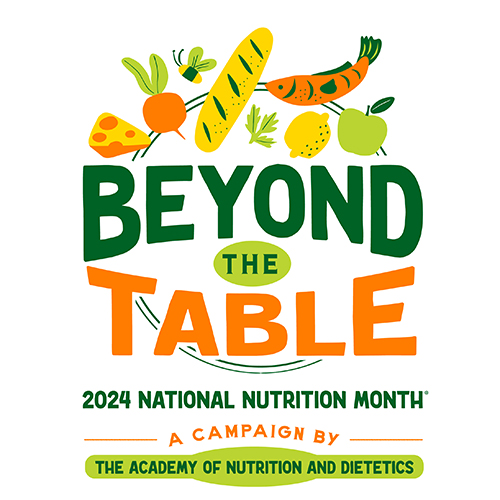
Marching Into Spring with Nutrition On Our Mind
Author: be well™ with Big Y® Registered Dietitian Team
Creating meals with a nod to nutrition and sustainability can open the door to new foods, flavors, skills and family-favorite recipes. Get passionate in the kitchen! Weave these must-have tips into your weekly menu planning.
Eat with the Environment in Mind.

We all have a number of different factors impacting our shopping decisions. The power of our shopping habits also impacts resources around the globe, not just in our community.
For example, the increased demand for palm and palm kernel oil used in foods like snack bars, ice cream and margarine has led to massive deforestation in countries like The Republic of Indonesia and Malaysia and is impacting the animals, plants and communities that live there.1
Becoming more curious about how your shopping decisions affect the local and global environment is key to not only managing your food budget but also sustaining a healthier and thriving world in the years to come.
Shop Locally.
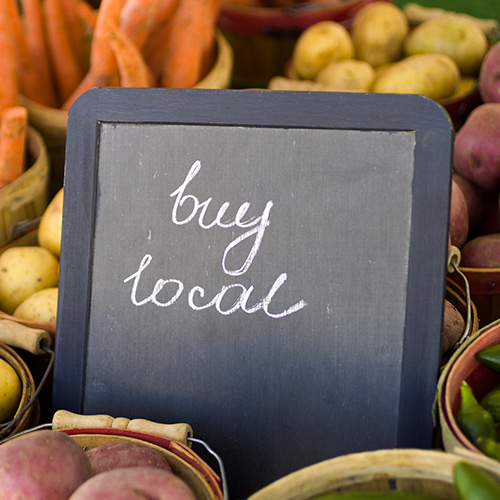
One awesome reason to choose products grown, produced and manufactured locally is to help grow the economic power of your hometown and local, regional communities. The deeper the financial stability, the more jobs and community resources there will be for your family to rely on.
In conjunction with products grown locally, shopping brands and companies with local roots are essential for the economic power of the region you live in.
Companies like Big Y have remained family owned for generations with their children and children’s children attending and thriving in the same schools and extracurricular activities as you and your family. Investing in local companies will continue to foster the success and economic health of your town or city.
Prepare Meals at Home.

Whenever you want to get a handle on the quality of the food you’re eating (and your budget!), preparing meals at home is the answer.
You dictate what goes into your recipes, such as the amount of salt and added sugar, and help offset the additional cost of someone else (a manufacturer, restaurant, etc.) to prepare and package recipes for you. The more hands-on time you invest in creating your own meals, the more money you keep in the bank.
Create Plant-Based Meals.
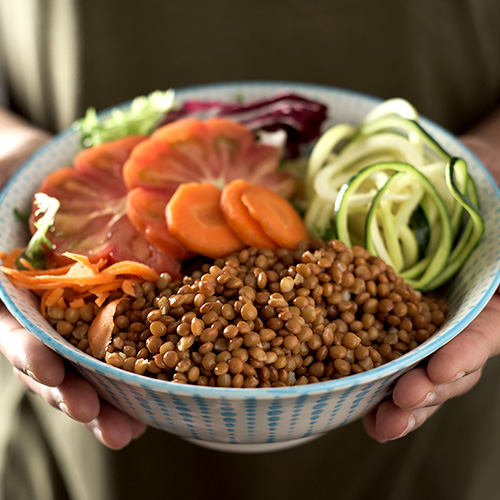
The number one expense on most people’s plates is animal protein. Especially, since many of us tend to eat larger portions of items like chicken breast, steak and fish than we typically need (nutritionally speaking). Shifting to one or two more meals a week to be based in plant protein foods such as dry beans, peas, lentils, chickpeas and soy, can truly add up in dollars and environmental impact.2
Meal Plan to Save Money (and Waste!).
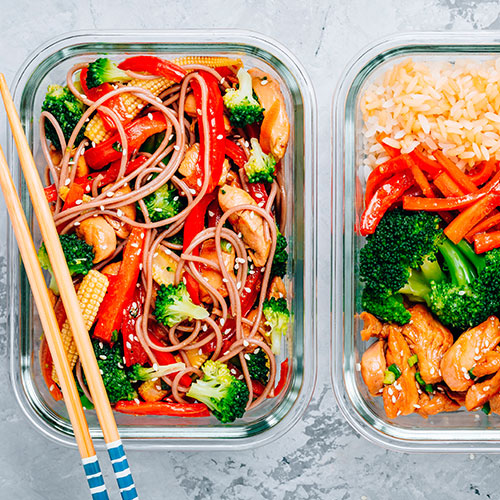
As mentioned above, we tend to overshoot how much meat we actually need to eat to meet our protein goals. A dietitian's secret (that’s not so secret!) for keeping your food budget and waste in check: meal plan.
Learning what your daily nutrition needs are by way of eating the recommended servings from each Food Group is a savvy and powerful way to buy only what you need. Visit MyPlate.gov to learn your MyPlate Plan based on height, weight, age, activity level and gender.
Enjoy What’s in Season.
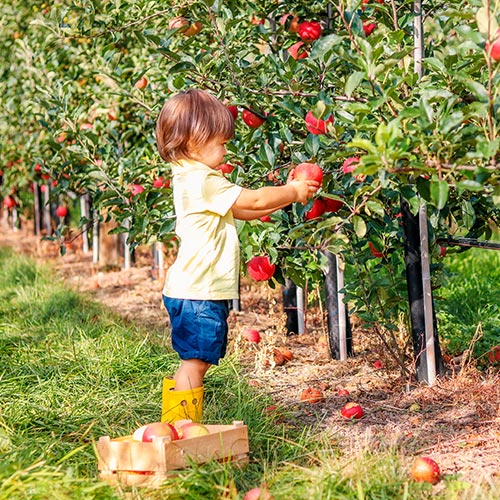
In New England, we truly do live amongst an abundance of neighbors who run their own family farms and fishing companies. Lucky for us, we can help support their family’s efforts by enjoying the bounty of their harvests.
Supporting local agriculture not only affords you the opportunity to learn more about their farming practices, in case that’s an interest of yours, but it also allows you to pay more toward their production versus offsetting the fees associated with transportation, distribution and warehousing.
Regardless if you can or cannot make it to your local farm stand, we have you covered at Big Y with our local partner’s program with over 500 local brands in our aisles…and counting!
Grow Your Own Food.
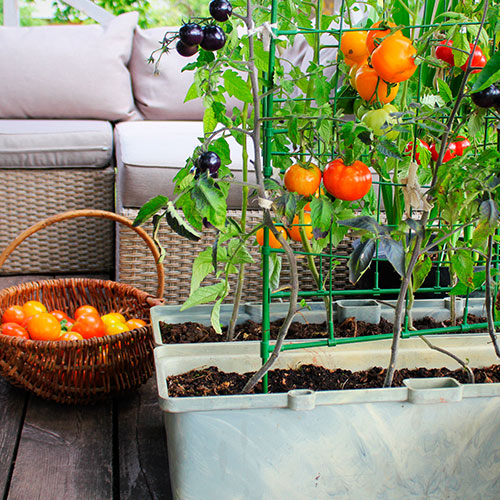
Want to have fresh basil at your finger-tips whenever the craving strikes? Or throw a bunch of mint into your summer tea? Better yet, toss together a beautiful ratatouille from vegetables grown in your own backyard? Consider learning how to grow your own food to supplement weekly groceries.
Whether in a windowsill pot or raised bed in your side yard, learning how to grow your own food is a wonderful way to learn more about what goes into the foods you eat and also helps add an additional mindful practice to your weekly routine. And we can all use a little reminder to take things slower and enjoy the present moment, especially when the lesson comes from a seedling sprouting in the planter on your deck.
Learn More About National Nutrition Month™
For even more tips to celebrate through the month of March, check out the weekly tips from The Academy of Nutrition and Dietetics.
1 Snyder, Cecilia. Palm oil’s environmental impact: can it be grown sustainably? Healthline. https://www.healthline.com/nutrition/palm-oil-deforestation#ecological-toll Accessed 2/17/2023.
2 USA Pulses Resources: https://www.usapulses.org/consumers/resources.
Revised 2/6/2024



